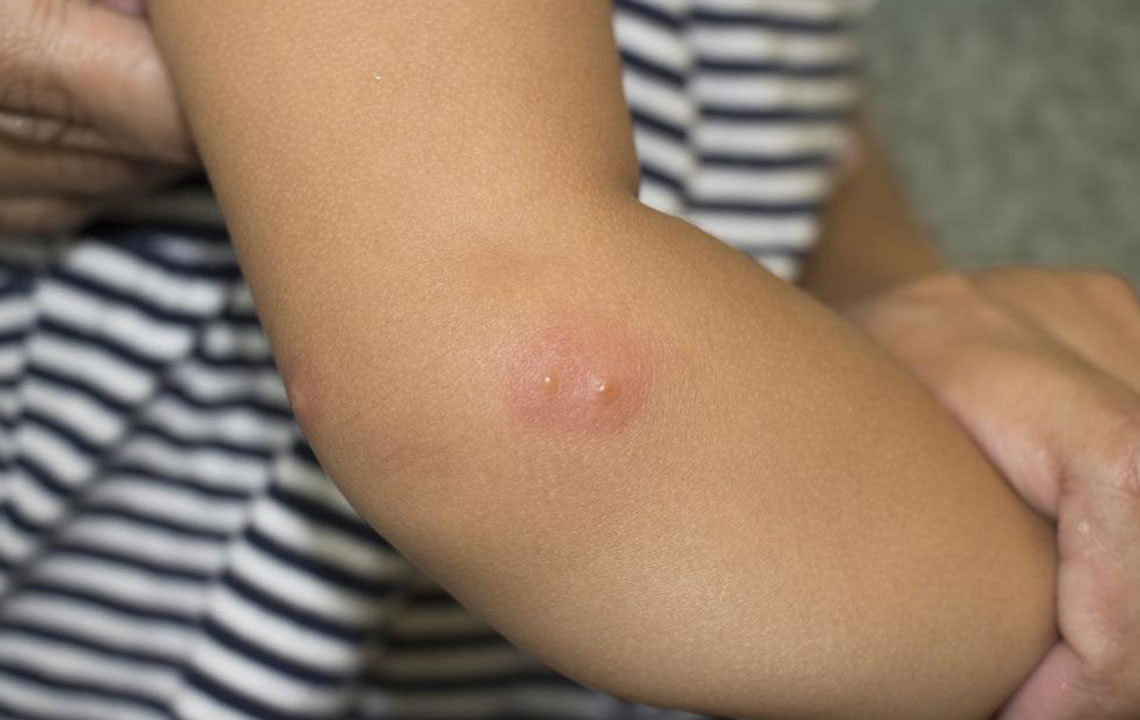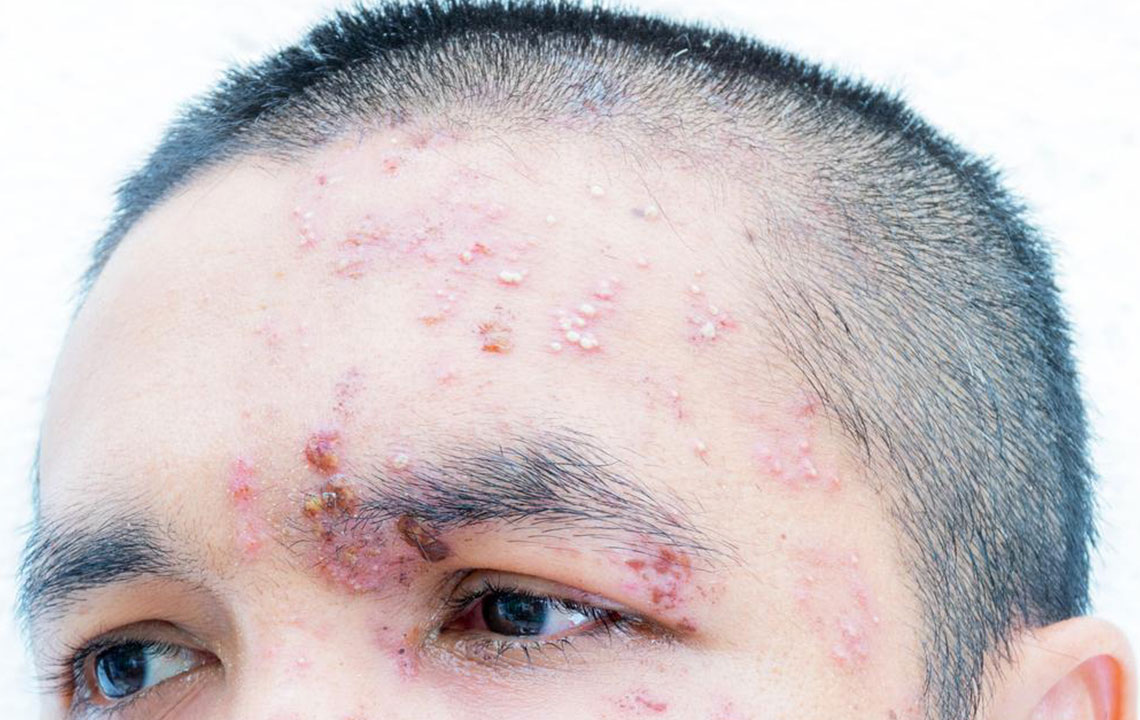Understanding Shingles: Symptoms, Causes, and Risks
This article explains the symptoms, causes, and risks of shingles, a painful nerve condition caused by the reactivation of the varicella-zoster virus. It covers statistical data, clinical presentation, long-term effects, serious complications, and who is most vulnerable. Early treatment is emphasized for managing symptoms and preventing complications, making awareness crucial for at-risk populations. Learn about shingles to understand the importance of prompt medical care and immune health maintenance.

Understanding Shingles: Symptoms, Causes, and Risks
What is shingles, and what are its symptoms and origins?
Shingles is a viral condition caused by the reactivation of the varicella-zoster virus, the same virus responsible for chickenpox. After recovery from chickenpox, the virus remains dormant in nerve tissues near the spinal cord and brain, potentially reactivating later in life. Anyone who has had chickenpox is at risk of developing shingles. The virus can remain inactive for years before reemerging. Early diagnosis and appropriate treatment can help shorten the duration of shingles and alleviate symptoms.
Key statistics about shingles:
Approximately 1 in 3 individuals will develop shingles during their lifetime.
Shingles involves intense nerve pain and skin rashes.
An estimated 1 million cases are reported annually in the United States.
Causes and triggers of shingles:
Shingles manifests as tingling, numbness, pain, and itching on a localized skin area, usually on one side of the body.
The rash typically appears within 1 to 5 days of initial sensations.
The rash resembles chickenpox but is confined to the affected nerve’s dermatome.
It can appear on the face, eyes, mouth, or ears.
Blisters may merge, creating a red, burning band.
Ocular shingles involves eye nerve infection, resulting in painful eye inflammation.
New blisters can develop over a week.
Swelling around the rash may occur.
By day 7-10, blisters crust over, signaling the end of infectiousness.
Shingles generally lasts 2 to 4 weeks.
Common shingles symptoms include:
• Fever
• Headaches
• Nausea
• Muscle aches and fatigue
• Chills
• Skin sensitivity
• Eye pain, redness, and sensitivity to light
• Blurred vision and tearing
Long-term effects associated with shingles:
Ramsay Hunt syndrome
Persistent eye issues
Muscle weakness
Postherpetic Neuralgia (PHN) affecting some patients
Skin scarring or pigment loss
Brain inflammation (encephalitis)
Spinal cord swelling (transverse myelitis)
Serious complications of shingles:
Potential permanent eye damage if rash near the eye isn't treated
Hearing loss, ear pain, dizziness, or taste disturbances
Bacterial skin infections from open blisters
Facial paralysis or hearing problems if untreated
Potential development of pneumonia
Inflammation of brain or spinal cord (encephalitis, meningitis)
Lingering pain after rash heals (PHN)
Risks to unborn babies if contracted during pregnancy
Neurological issues like Guillain-Barre, Bell’s palsy, and increased stroke risk
Who is at risk for shingles pain?
Individuals with a history of chickenpox
People above 50 years old
Immunocompromised individuals
Those experiencing stress or trauma
Patients with chronic illnesses such as HIV, diabetes, or cancer
People on immunosuppressive medications like steroids
Recent recoverees from illness or stress
Individuals with poor nutrition or irregular sleep patterns
Drug users










